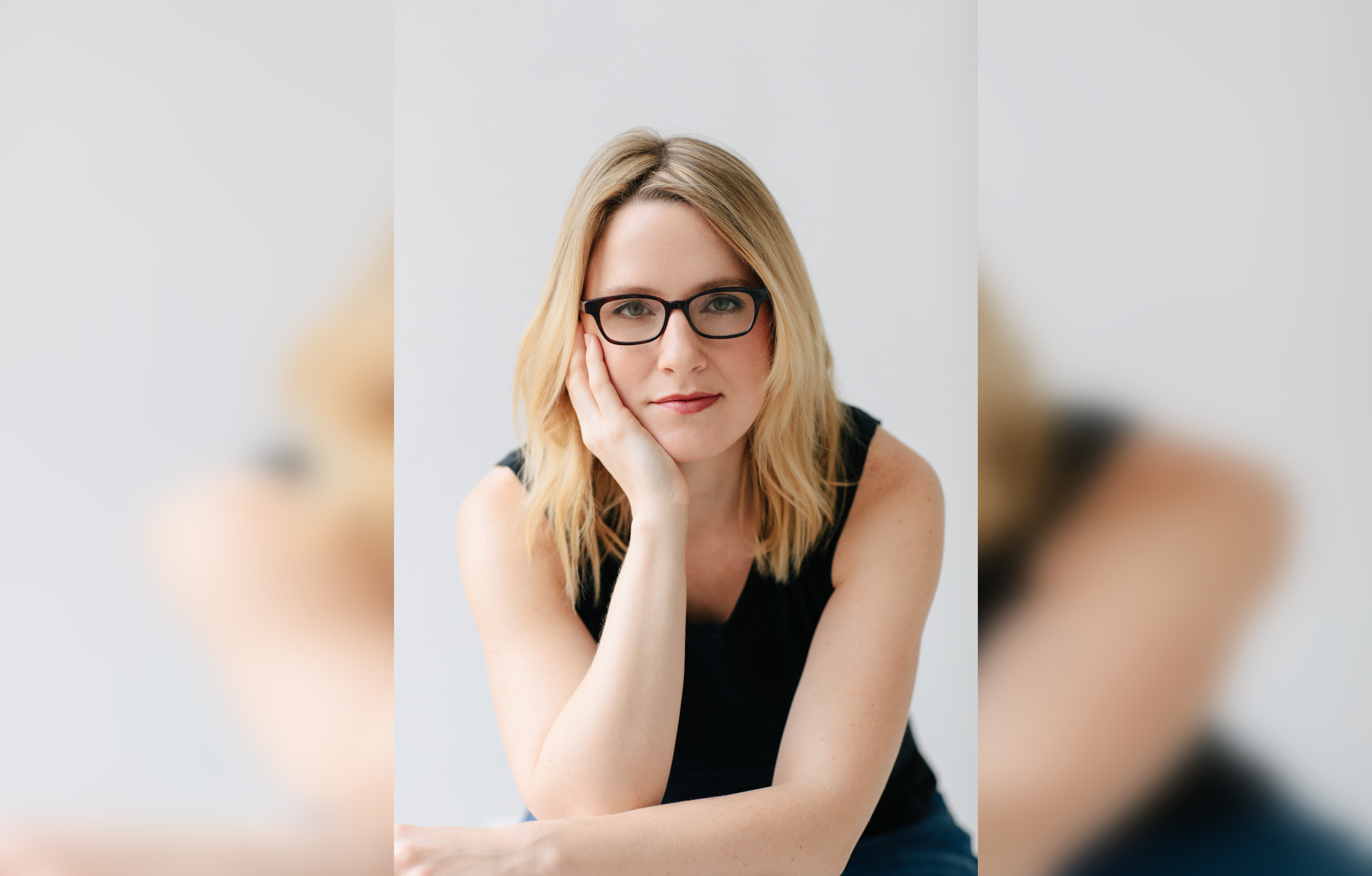With the alertness of a mother watching her children at the playground, Julieta’s eyes are scanning the symmetry of the apricot cakes. She dusts off her powdered hands. “You know, the United States is ruling Mexico.” Her voice is calm, her eyes loyal to the pastries. She points at a vitrine besides the counter. “These for example,” she says. The crown-like cakes, inlaid with pecans, have a little white price tag sticking out. Twenty-eight Mexican pesos, or, one American dollar. I’m hypnotized by how cheap these pastries are. In New York they’d be sold out before the bagel carts opened shop. “Up until November 8, they were twenty-five pesos,” her daughter Jimena says. “People were so irritated when we had to change the price.”
The town of Tepoztlán, about two hours South of Mexico City, is officially one of Mexico’s Pueblos Mágico, a magical village. But I’m not here to climb the allegedly magnetic mountain or marvel at the hummingbirds. I’m here to talk butter. November 9th was not just the day that a new to-be president of the United States woke up and had his first celebratory breakfast. It, too, was the day that Tepoztlán’s butter was nowhere to be found. The Cremeria Americana delivery truck, which brings Julieta’s bakery its butter every Wednesday, was empty. When the butter resurfaced about a week later, it came at a new price. From 38 pesos per pound of butter, the golden goo now was sold for a whopping 49 pesos per pound.
Julieta is convinced that the butter wrappings have orange fingerprints on them. “Trump is a dangerous man, his talk of walls and trade affect us,” she says. The official statement by Cremeria Americana, however, is silent about politics. For those of us thinking that butter consists solely out of milk, we’re wrong. “Currently, at a global level, butyric fat (the raw material used to make cheese, yoghurt, cream, butter and other dairy products) is in short supply […] and we have been forced to buy the product at a higher price.” The concurrence of the American elections and the sudden scarcity of butyric fat seems, well, curious. Two customers come in and buy six pistachio cookies. While Jimena puts the silver coins in a wooden cash register, she whispers: “It’s not just the butter, you know. The sausages, too.”
The night falls early in Tepoztlán, the moonlight and the dimly lit quesadillas stands providing just enough light not to break one’s ankles on the cobbled streets. Jimena’s aunt, Catalina, owns a hamburger stand at the market, but today is her night off. She is warming up some tortillas on the stove of her kitchen. “I don’t exactly know where these are from, but they were gone for weeks.” She shows us an opened package of soft-pink sausages from the freezer. Jimena studies the label with squinted eyes. There seems to be no address of a factory, but she decides that the sombrero above the words Rafael Sausages suggest a Mexican origin. Her aunt nods.
Catalina has no idea why the sausages disappeared from the market for three weeks on row in November, to return at a higher price. When asked about the possible correlation between the sausages and Donald Trump, she shrugs. “Look, I know there is something about the American dollar and the pesos, but I don’t understand it. All I know is that the US has taken everything from everyone.” The bottle of Pepsi Cola on the table looks ashamed. After one last check, we confirm that there is no butyric fat on the ingredient list of Rafael Sausages. It is time to go back and follow the butter trail. Jimena is in good spirits. “I never thought about finding out just why the price went up. But it affects my family, so I’m excited to get answers.”
The next morning, the butter-man of Cremeria Americana on the other side of the phone is less excited to give answers. “I can’t give you the telephone number of our butyric fat company. It’s a secret recipe.” When pressed about the raised price of the butter, he nonchalantly adds that of course it’s also a matter of the devaluation of the peso, and oh yes, transportation costs have gone up, too.
The devaluation of the country’s peso makes more sense than a shortage of butyric fat the day after the elections. The Mexican currency was the biggest economic casualty of Donald J. Trump’s victory, plunging more than 12% on November 9 and still hanging at an all time low of 21 pesos to the dollar in the first month of 2017. The new president’s bold rhetoric about tearing up the North American Free Trade Agreement (NAFTA) and punishing US companies that outsource to Mexico with a 35% tax-rate on their goods, have investors wiggling nervously in their chairs.
Let alone the Mexicans themselves. Around 30% of Mexico’s economy relies on its exports, of which no less than 80% is sent across the border into the United States. The vulnerability of the Mexican market for shifts in US economic policies worry many in Tepoztlán. The Trump pinata’s bungling in the market stalls – colorful and filled with candy as they may be – indicate anger. And yet. Is the rise in the price of butter – and the price of sausages and other products for that matter – attributable to the rise of Mr. Trump and his bellicose language towards Mexico?
Steve Brandick, a retired school administrator enjoying his morning coffee on the central market square, shakes his head. “Nah. That peso has been dropping for months.” Like a bird, Steve migrates from California to Tepoztlán in wintertime. Warming his feathers in the sun, he orders a steak with avocado. He continues: “It mostly has to do with the oil, actually.” On the initiative of President Enrique Peña Nieto, Mexico is undergoing far-reaching energy reform, including the privatization of Petroleos Mexicanos – Pemex, in short – after seven decades of state ownership. Allegedly, it was rampant corruption and inefficiency that spurred the government towards reform.
Asked if the oil and gas developments are a good thing, Steve glares at his coffee and steak. “I don’t know if it’s a good thing, because I don’t know what to believe.” His friend Lee who joined for a coffee, leans into the conversation. “You see, you have to frame everything you hear within the magical context of corruption,” he notes with a sardonic grin. A man with a sombrero the size of a widescreen television walks by, buns and pastries circled in his hat. Talking oil and politics it is surprisingly easy to forget about butter. So did the price go up because the gasoline became more expensive, and thus the transportation? Is it because the peso devalued?
Tepoztlán is a small town and questions travel quickly. Helena Figueroa walked by and is now called on the cafe’s patio by Steve. Helena is a chef-cook and restaurant manager at Al Carbón and has been annoyed by the rise in the price of butter. “I mean, other things have gone up in price too, like the flour and the bus tickets, but the butter!” She adds in a conspiring voice: “My Alpura butter went up from 90 to 120 pesos per pound… that’s not normal.”
I ask her if she can give Alpura a call. She smiles surprised while I hand her the phone. Steve and Lee study Helena’s face as the sales office of Alpura in the city of Cuernavaca mumbles things in her ear that may as well be plots for world domination. At this point anything seems possible. Before we know it, she hangs up the phone and looks back at us, puzzled. The man with the sombrero walks by again, the buns bouncing under the plastic of his hat. “Alpura says they haven’t changed the price of their butter since a year.”
As easy as it is to find tortillas bubbling at every street corner, as difficult it is to find answers in Tepoztlán. I decide to give it one more try. I hop in a taxi that will bring me to the local distributors of butter – perhaps they are the ones altering the price of the Alpura butter. As we drive by the Tepozteco mountain, the familiar muffled bang of fireworks sounds. Puffy clouds appear in the distance. I remember a story Steve told me the other day. He was driving from Tepoztlán to Cuernavaca when he saw a thick smoke cloud above a building in the distance. It was on fire. He turned in a different road and as he drove away watched the traffic clog up around the scene. The next day, he tried to find out what had happened. He bought three newspapers, watched the local news, talked to people back in Tepoztlán. No one could tell him anything about the fire. “I could make the track back up there and ask one of the neighbors, but if I would do that every time I wanted to know something, I would have no time left to work and live.”
The taxi driver turns around to the backseat. We have been standing still in a long line of traffic for at least ten minutes. “Gasoline protesters are blocking the road,” he says. A girl in a rosy dress passes us by and I wonder if she reminds me of Frida Kahlo because she looks like Frida Kahlo or because my frame of Mexican references is limited. Behind us cars are honking – the taxi driver tosses me a grin in the rearview mirror and then hits the honk himself. We both crack up in laughter. “Let’s get off this road,” I say. He raises no eyebrow when I tell him to just take me for a ride by the mountain.
As we pass the lush hillsides, I think of Gabriel García Márquez. In an interview with The Atlantic, the novelist was asked why he weaves fantastical details into his stories – typified by some as ‘magical realism’. He noted he had no other choice. “In Mexico, surrealism runs through the streets. Surrealism comes from the reality of Latin America.” Márquez went on to share an anecdote. About two weeks before The Atlantic interviewed him, a newsman had given Márquez a call, asking for his reaction to an odd event in a rural Colombian town. At ten in the morning, at a small school, two men pulled up in a truck and said, “We came for the furniture.” Everyone present drew a blank. The schoolmaster nodded and the furniture was loaded onto the truck and driven off. It turned out the truckmen were thieves. “Normal,” Márquez dryly noted.
His stoicism reminds me that weird things are only weird if they are a deviation of the norm. If the norm is that answers are hard to get by, why keep asking questions about the changing price of butter? On the other hand, the baker’s daughter Jimena noted with a wink that first day in Tepoztlán: “If we’d be out of apricot cakes for too long, the revolution would break out.”
Madeleijn van den Nieuwenhuizen is a Fulbright scholar at Columbia University, pursuing an MA in American Studies with a focus on American political history and foreign policy. She holds degrees from University College Utrecht and Sciences Po Paris, and has a background in European affairs. This article was written in Mexico, during an Under the Volcano journalism master class by Granta co-founder Jonathan Levi. Madeleijn has lived in Amsterdam, Paris and Vienna, and is currently loving New York.




